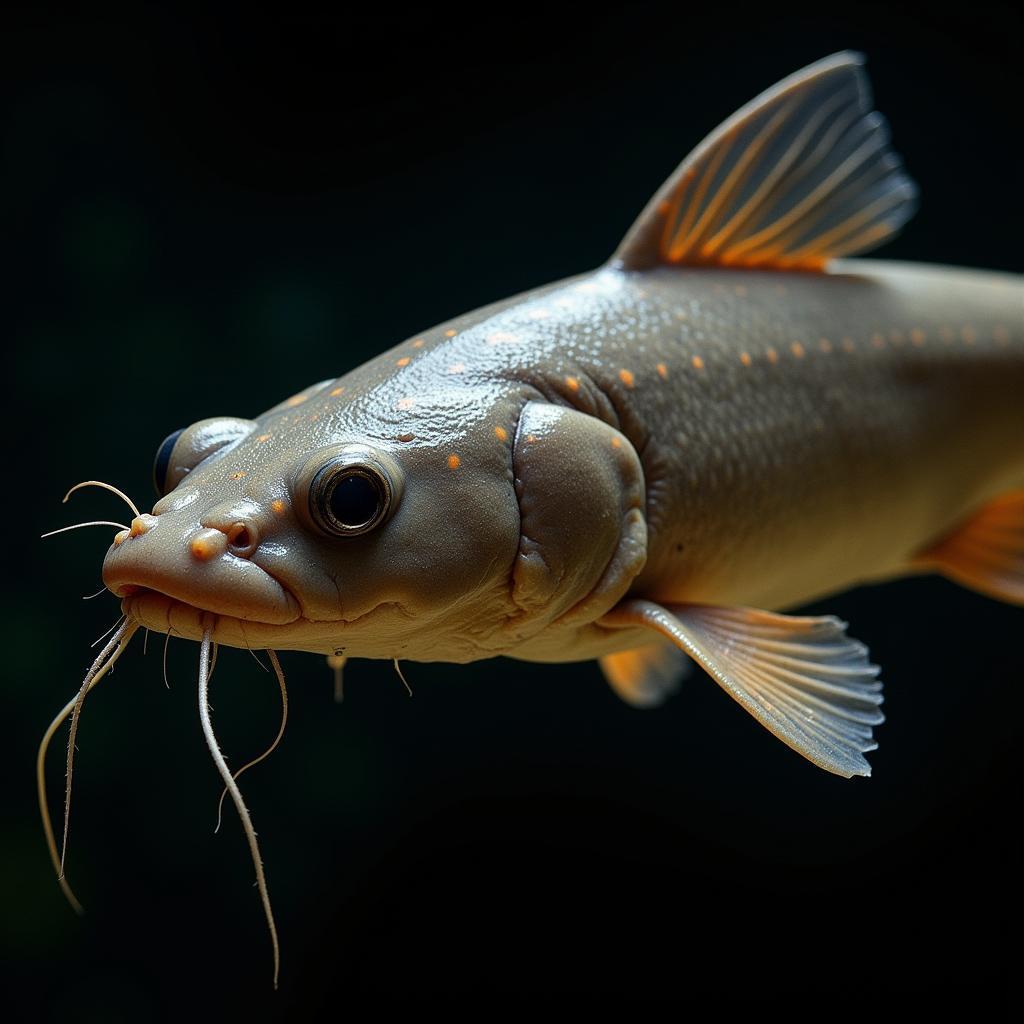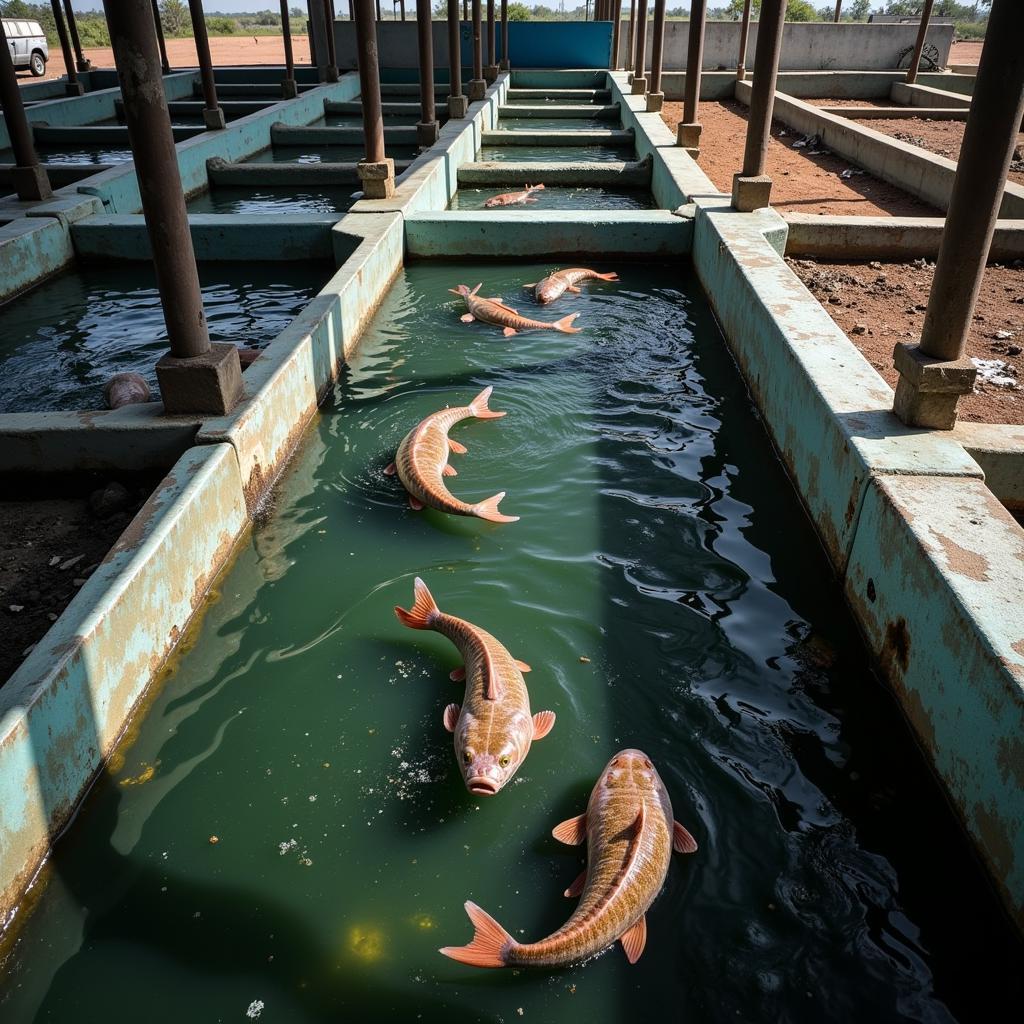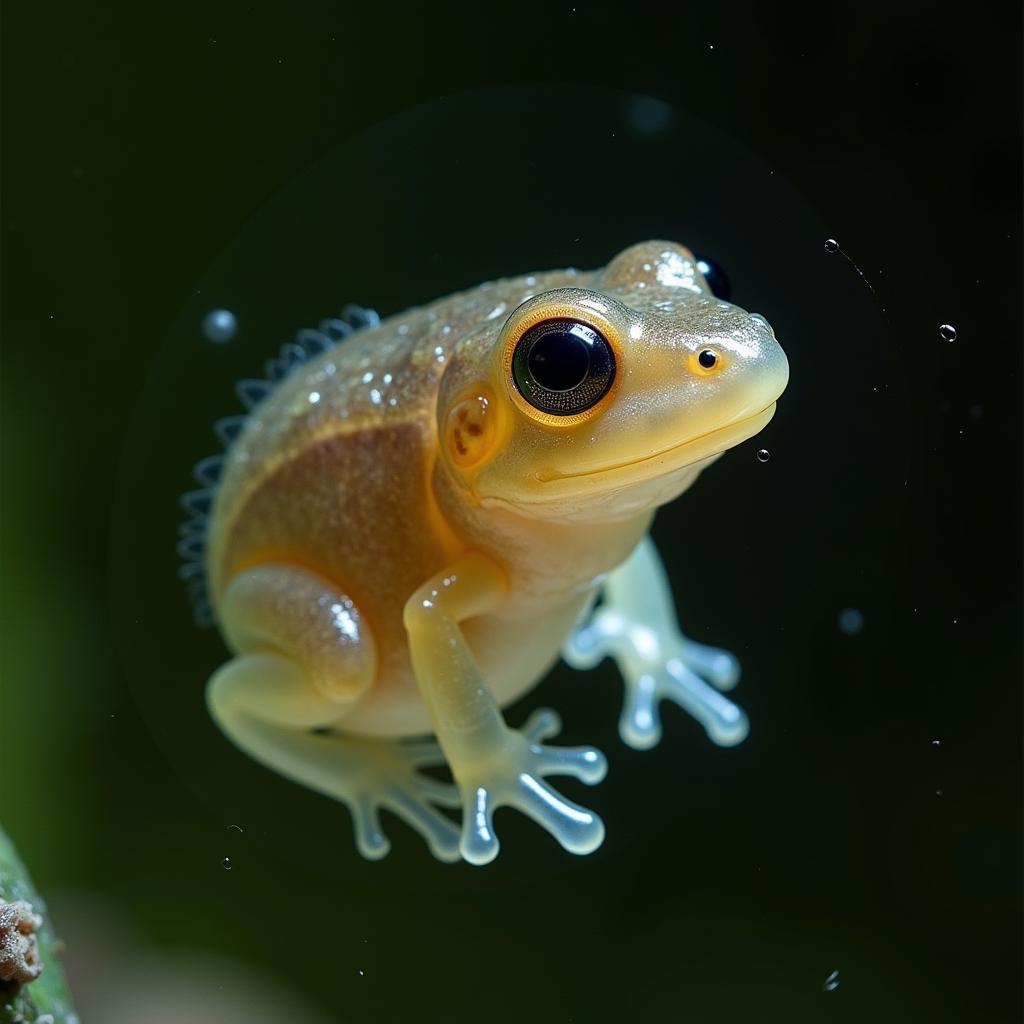African Catfish Species Invasion: A Class 12 Biology Deep Dive
The African catfish, a species native to Africa’s Nile River and other waterways, has become a textbook example of an invasive species with significant environmental and economic consequences. In this Class 12 Biology deep dive, we’ll explore the biology of African catfish, the factors driving its global spread, and the ecological ripple effects of this silent invasion.
Unpacking the African Catfish: Biological Traits and Adaptations
The African catfish, scientifically known as Clarias gariepinus, possesses a unique combination of biological traits that contribute to its success as an invasive species. These remarkable adaptations have allowed it to thrive in diverse environments, often to the detriment of native species and ecosystems.
-
Air-breathing Abilities: Unlike most fish species, African catfish can breathe air directly, enabling them to survive in oxygen-deprived waters and even move short distances on land. This remarkable adaptation makes them highly resilient and allows them to colonize habitats unsuitable for other fish.
-
Prolific Breeders: African catfish are incredibly reproductive. They mature quickly and can spawn multiple times a year, producing thousands of eggs per spawn. This rapid reproduction rate allows them to establish large populations quickly, outcompeting native species for resources.
-
Dietary Opportunists: These catfish are voracious eaters with an omnivorous diet. They consume a wide range of prey, including insects, crustaceans, fish, and even small mammals and birds. This adaptability makes them formidable competitors, often decimating native prey populations.
 African Catfish Morphology
African Catfish Morphology
The Global Spread of an Aquatic Invader: Pathways and Impacts
The global spread of African catfish can be attributed to a complex interplay of factors, often linked to human activities. Understanding these pathways is crucial for developing effective management strategies to mitigate their ecological and economic impacts.
-
Aquaculture Escapees: Introduced for aquaculture purposes in various parts of the world, African catfish have frequently escaped from fish farms. Their hardiness and adaptability have allowed them to establish self-sustaining populations in non-native habitats.
-
Intentional Introductions: In some instances, African catfish have been intentionally released into the wild, often with misguided intentions of enhancing fisheries or controlling mosquito populations. However, these introductions have often backfired, leading to unforeseen ecological imbalances.
-
The Aquarium Trade: The aquarium trade plays a role in the spread of invasive species, including African catfish. Irresponsible releases by aquarium hobbyists can introduce these fish into non-native waterways, where they can become established and wreak havoc on ecosystems.
 African Catfish in Aquaculture
African Catfish in Aquaculture
Ecological Domino Effect: Impacts on Biodiversity and Ecosystems
The introduction of African catfish into non-native ecosystems can trigger a cascade of ecological impacts, affecting biodiversity, food webs, and the overall health of aquatic environments.
-
Competition with Native Species: African catfish are aggressive competitors, often outcompeting native fish for food and habitat. This can lead to the decline or even extinction of vulnerable native species, disrupting the delicate balance of ecosystems.
-
Predation Pressure: As voracious predators, African catfish can significantly reduce populations of native fish, amphibians, and invertebrates. Their broad diet and adaptability allow them to exploit a wide range of prey, making them a significant threat to biodiversity.
-
Habitat Alteration: African catfish, through their feeding habits and burrowing behavior, can alter the physical structure of aquatic habitats. These changes can negatively impact native species that rely on specific habitat features for survival.
Managing the Invasion: Control Measures and Future Directions
Addressing the ecological challenges posed by invasive African catfish requires a multifaceted approach that combines prevention, control, and public awareness.
-
Early Detection and Rapid Response: Monitoring waterways for the presence of African catfish is crucial for early detection of new invasions. Rapid response measures, such as targeted removals or barriers to prevent further spread, can be implemented to minimize their impact.
-
Sustainable Fisheries Management: Promoting sustainable fishing practices, such as setting catch limits and implementing gear restrictions, can help control African catfish populations in areas where they have already established themselves.
-
Public Education and Outreach: Raising public awareness about the risks associated with invasive species, including the African catfish, is essential. Educating aquarium hobbyists about responsible pet ownership and the dangers of releasing non-native species into the wild is crucial.
 Scientist Studying African Catfish
Scientist Studying African Catfish
Conclusion
The invasion of African catfish serves as a stark reminder of the interconnectedness of ecosystems and the unintended consequences of human actions. Understanding the biology, invasion pathways, and ecological impacts of this species is crucial for developing effective management strategies and safeguarding the biodiversity of our aquatic environments. By prioritizing prevention, implementing science-based control measures, and fostering public awareness, we can mitigate the threats posed by African catfish and protect the delicate balance of our planet’s ecosystems.


